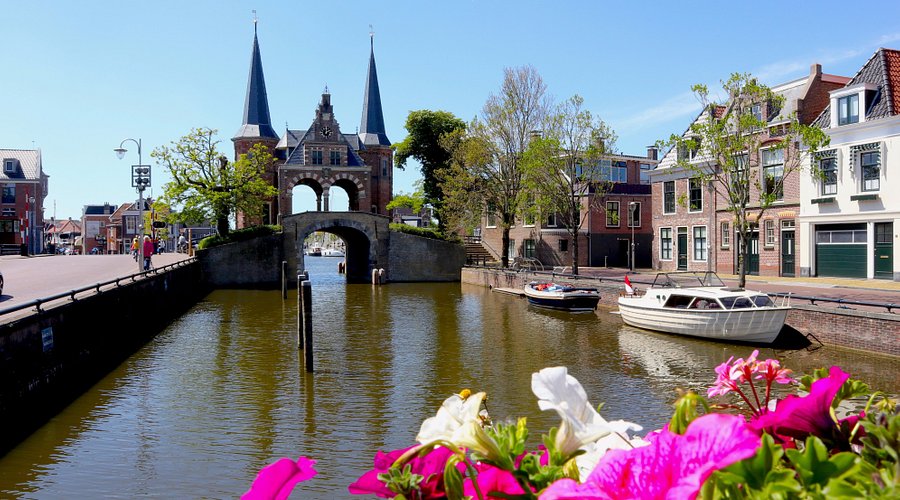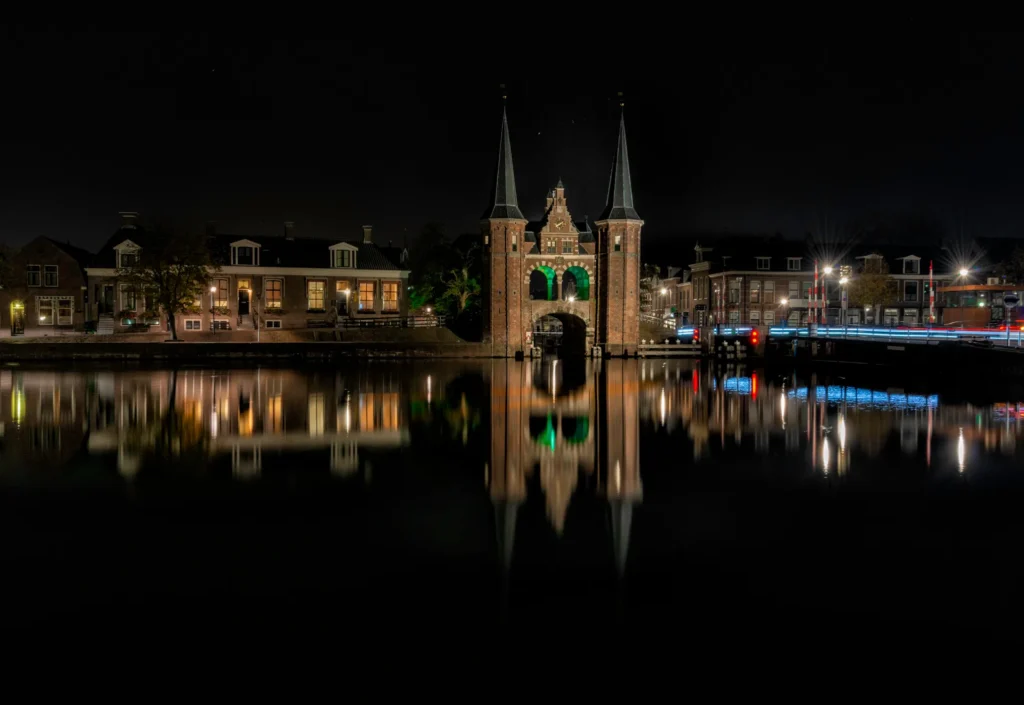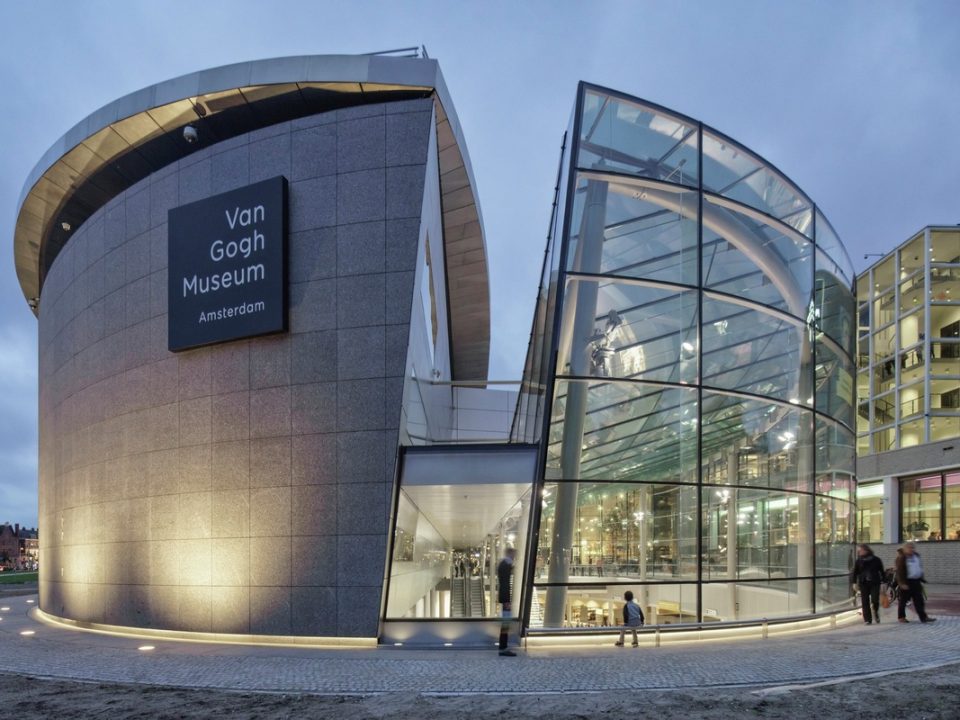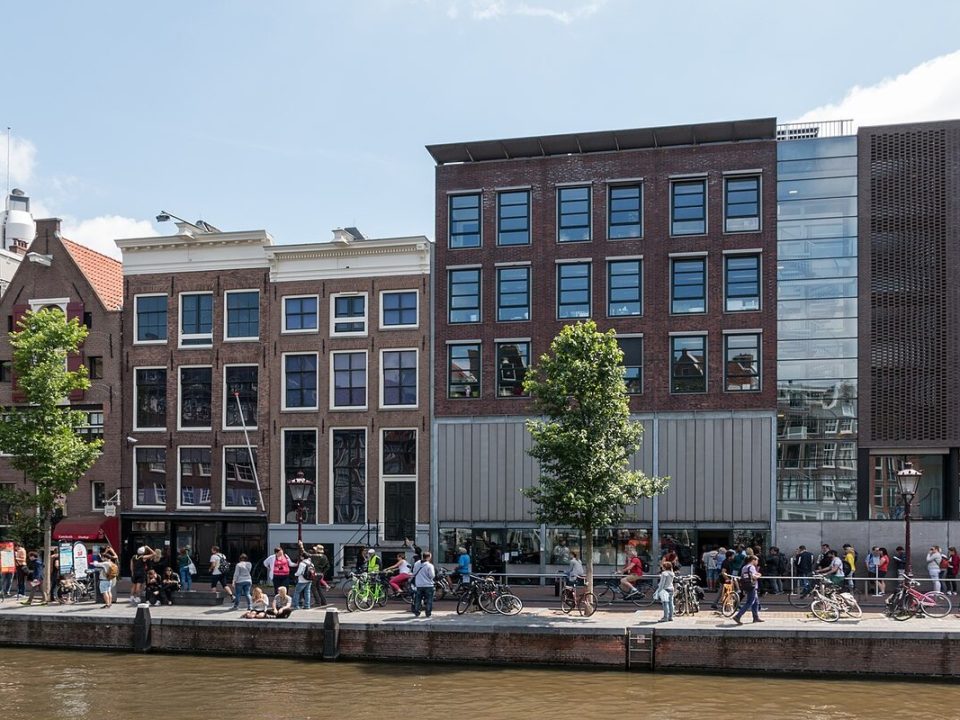Discover the Sneek Waterpoort: A Historic Gem in Sneek, Netherlands

Sneek Waterpoort, Sneek
Discover the Sneek Waterpoort: A Historic Gem in Sneek, Netherlands
Nestled in the charming town of Sneek, in the province of Friesland, the Sneek Waterpoort is a striking historical landmark that stands as a testament to the rich history and cultural heritage of the region. With its captivating beauty and fascinating history, the Waterpoort has become one of the most important tourist attractions in Sneek, drawing visitors from around the world. In this article, we’ll explore the significance of the Sneek Waterpoort, its unique architecture, and why it should be on your travel itinerary when visiting the Netherlands.

An Introduction to Sneek and the Waterpoort
Located in the northern part of the Netherlands, Sneek is a quaint town known for its picturesque canals, historic buildings, and a rich maritime tradition. Sneek has long been a vital hub for trade, navigation, and agriculture in Friesland. Its cobblestone streets, traditional Dutch architecture, and canals tell the story of the region’s past, making it a delightful place to visit for history buffs and casual travelers alike.
At the heart of Sneek stands the iconic Sneek Waterpoort, one of the most famous and recognizable landmarks in Friesland. The Waterpoort is a beautiful gatehouse that once served as the entrance to the town’s fortified city wall and was an essential structure for both defensive and logistical purposes. With its striking design and historical significance, the Waterpoort is a must-see attraction in Sneek.
A Historical Overview of the Sneek Waterpoort
The history of the Sneek Waterpoort dates back to the late Middle Ages when Sneek was an important trading city. The town was initially surrounded by a defensive wall to protect it from invasions and attacks. The Waterpoort was constructed as one of the town’s primary gates, providing both a passage for boats to enter and exit the town and a means of defense during sieges.
Construction and Architecture
The Sneek Waterpoort was built between 1613 and 1617, during a period when the town was expanding rapidly and the need for a strong defense system was paramount. The gate was designed by the renowned architect Pieter Post, who is famous for his contributions to Dutch Renaissance architecture. The structure was originally a combination of a water gate and a fortified tower, designed to allow boats to pass through the town’s canals while also offering protection against potential invaders.
The architectural style of the Waterpoort is a beautiful example of Dutch Renaissance design, with clean lines, symmetrical proportions, and elegant detailing. The most striking feature of the Waterpoort is its distinctive two towers, which rise above the gatehouse and provide a stunning visual contrast against the surrounding landscape. These towers, along with the crenellated roof and decorative stone carvings, give the Waterpoort its unique and commanding presence in the town.
The gatehouse itself is built from red brick, which was a common material used in the construction of many Dutch structures from this era. The brickwork is complemented by ornate stonework around the archway, creating a harmonious blend of rustic and refined elements. The two towers are connected by a large, central arch, which once allowed boats to pass through the gate, and today, it stands as a reminder of the town’s maritime heritage.

The Waterpoort’s Role in Sneek’s History
Throughout its history, the Sneek Waterpoort has played an important role in both the defense and development of the town. As a part of the town’s fortified walls, the Waterpoort was crucial in protecting Sneek from invading forces, especially during the Dutch Revolt against Spain in the 16th and 17th centuries. The gate also served as a key part of the town’s trade network, facilitating the movement of goods and people between the town and the surrounding regions.
Over the centuries, the role of the Waterpoort gradually shifted as the town’s defenses became less relevant with the advancement of modern warfare. Despite this, the Waterpoort continued to serve as an important symbol of the town’s past. It remained a prominent feature of the town’s skyline and was eventually restored to preserve its historical significance.
Sneek Waterpoort: A Must-See Tourist Attraction
Today, the Sneek Waterpoort is a beloved tourist attraction that draws visitors from across the world. Its striking beauty, fascinating history, and prime location make it a perfect spot for sightseeing and exploration. Whether you are visiting for a day trip or staying longer in Sneek, there are numerous reasons to include the Waterpoort in your travel plans.
1. Historic Significance
As one of the most important landmarks in Sneek, the Waterpoort is a testament to the town’s rich history. It provides visitors with a glimpse into the past, allowing them to imagine the once-thriving port city that Sneek was in the Middle Ages. The architecture and design of the Waterpoort offer valuable insights into the building styles and fortifications used during the Dutch Renaissance period.
2. Stunning Views and Photography Opportunities
The Sneek Waterpoort is not only a historical monument but also a beautiful sight that offers breathtaking views of the surrounding landscape. Visitors can enjoy stunning views of the canals, waterways, and the town itself, especially when viewed from the nearby Hoekstra Bridge. The Waterpoort also makes for fantastic photographs, whether you’re capturing its elegant architecture, the reflection of the gate in the water, or the surrounding scenery.
3. A Scenic Walk Along the Canals
One of the most enjoyable activities for visitors to Sneek is walking along its scenic canals. The Waterpoort serves as an excellent starting point for a leisurely stroll around the town. The town’s canals are lined with traditional Dutch houses, charming cafes, and small boutiques, making it a delightful area to explore. The stroll along the canals offers the opportunity to take in the town’s unique atmosphere while learning about its past.
4. Nearby Attractions in Sneek
In addition to the Waterpoort, there are plenty of other attractions to explore in Sneek. One of the most notable sites is the Scheve Toren, or the “Leaning Tower” of Sneek, a historic bell tower located near the Waterpoort. Visitors can also explore Sneek’s historic center, filled with picturesque buildings, quaint shops, and museums that provide further insight into the town’s rich history.
Another popular nearby attraction is Waterpoort Park, a beautiful green space that offers a relaxing environment for picnics and outdoor activities. The park also has walking paths that lead visitors through the town’s scenic streets, making it a perfect spot to unwind after visiting the Waterpoort.
How to Get to the Sneek Waterpoort
Sneek is easily accessible by car, train, or bus from major cities in the Netherlands, including Amsterdam, Rotterdam, and The Hague. If you are traveling by car, Sneek is well-connected to the national highway network, and there is plenty of parking available near the town center.
If you are arriving by train, Sneek Railway Station is just a short walk from the Waterpoort. The town is served by regional train lines, making it a convenient destination for day trips from larger cities. Additionally, buses from nearby towns and cities also provide transportation to Sneek, with several stops near the town center.
The Sneek Waterpoort is an essential landmark in the Netherlands and a must-see for any traveler visiting the town of Sneek. From its stunning architectural design and historical significance to its picturesque surroundings, the Waterpoort is a perfect destination for anyone interested in Dutch history, architecture, or photography. Whether you’re taking a stroll along the canals, admiring the views, or learning about the town’s rich past, the Sneek Waterpoort is a highlight of Sneek that shouldn’t be missed.
For history lovers, photography enthusiasts, and anyone eager to explore one of the Netherlands’ most charming towns, a visit to the Sneek Waterpoort is sure to be a memorable experience. So, pack your bags, plan your visit, and get ready to discover the beauty and history of Sneek and the iconic Waterpoort!
• visit Sneek Netherlands
Learn Italian Transportation Vocabulary (I Mezzi di Trasporto)



